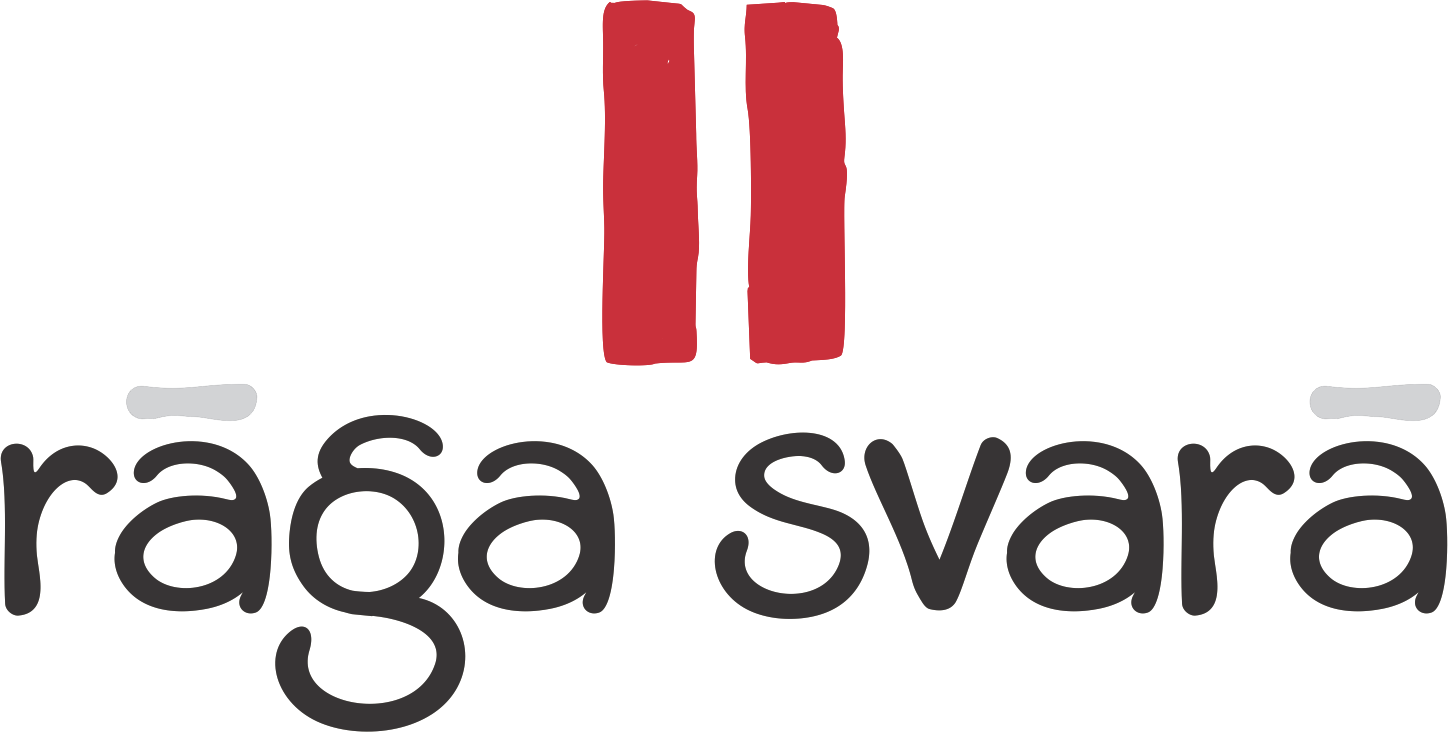Yoga with Raga: Pranayama and Asana for PCOD

In today’s world, many women experience the challenges of PCOD—a condition that often leaves the body feeling out of sync with itself. Cycles shift, energy fluctuates, and the mind carries an invisible weight. While modern medicine offers its answers, ancient traditions like yoga gently remind us that healing begins within.
At Raga Svara, we believe yoga is not just movement—it's a return. A return to balance, to breath, and to listening. In this space of awareness, the body begins its own quiet healing.
Here are four simple asanas and pranayama techniques that support hormonal balance and bring ease to the body affected by PCOD.
1. Bhramari Pranayama – The Humming Breath
In the midst of hormonal chaos, Bhramari Pranayama acts as stillness. The gentle humming vibration calms the nervous system, quiets mental restlessness, and nurtures emotional well-being. A simple breath practice, yet deeply profound—inviting the mind and body to move in harmony once again.
2. Ardha Ustrasana – Half Camel Pose
This heart-opening posture softly stretches the spine and stimulates reproductive organs. Beyond physical benefits, Ardha Ustrasana offers a symbolic gesture: a gentle leaning back into trust and balance. In the process of healing PCOD, such openness is often the first step.
3. Baddha Konasana – Butterfly Pose
A timeless posture in women’s health, Baddha Konasana opens the hips and promotes circulation in the pelvic region. Traditionally seen as a pose of surrender, it also embodies quiet strength—a reminder that healing often begins in stillness.
4. Utkata Konasana – Goddess Pose
A grounding and empowering stance, Utkata Konasana engages the lower body, tones the muscles, and stimulates hormonal flow. It’s a pose that reflects both strength and grace—qualities needed in the journey through PCOD.
At Raga Retreats and through our Raga Svara practices, we encourage every woman to see yoga not as a task, but as a conversation with the self—a way to rediscover what it means to be at ease in one’s body.
Healing isn’t always about force. Sometimes, it’s about listening.
Explore the practice through our video:
Because in every breath and posture, there’s an invitation:
Return to yourself.

